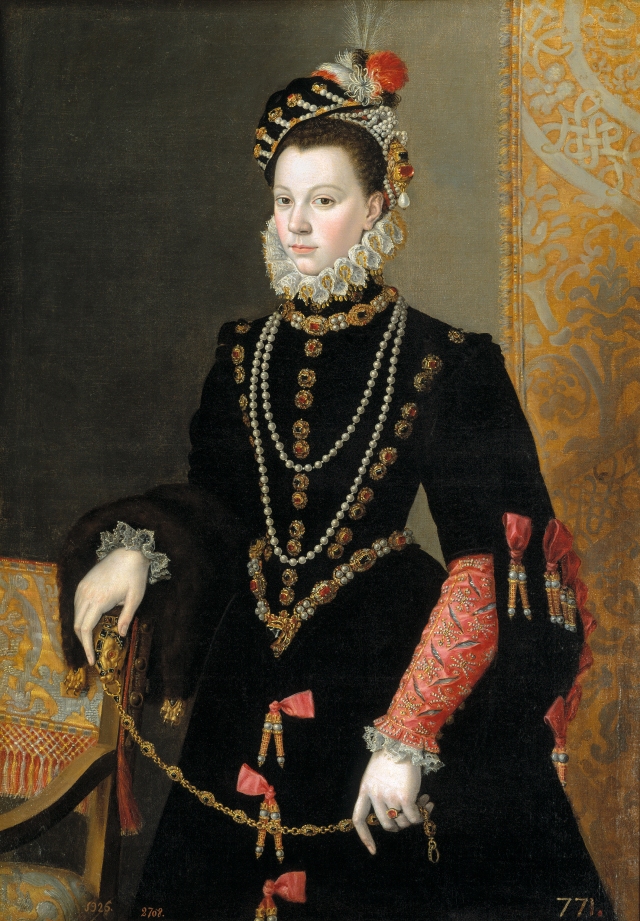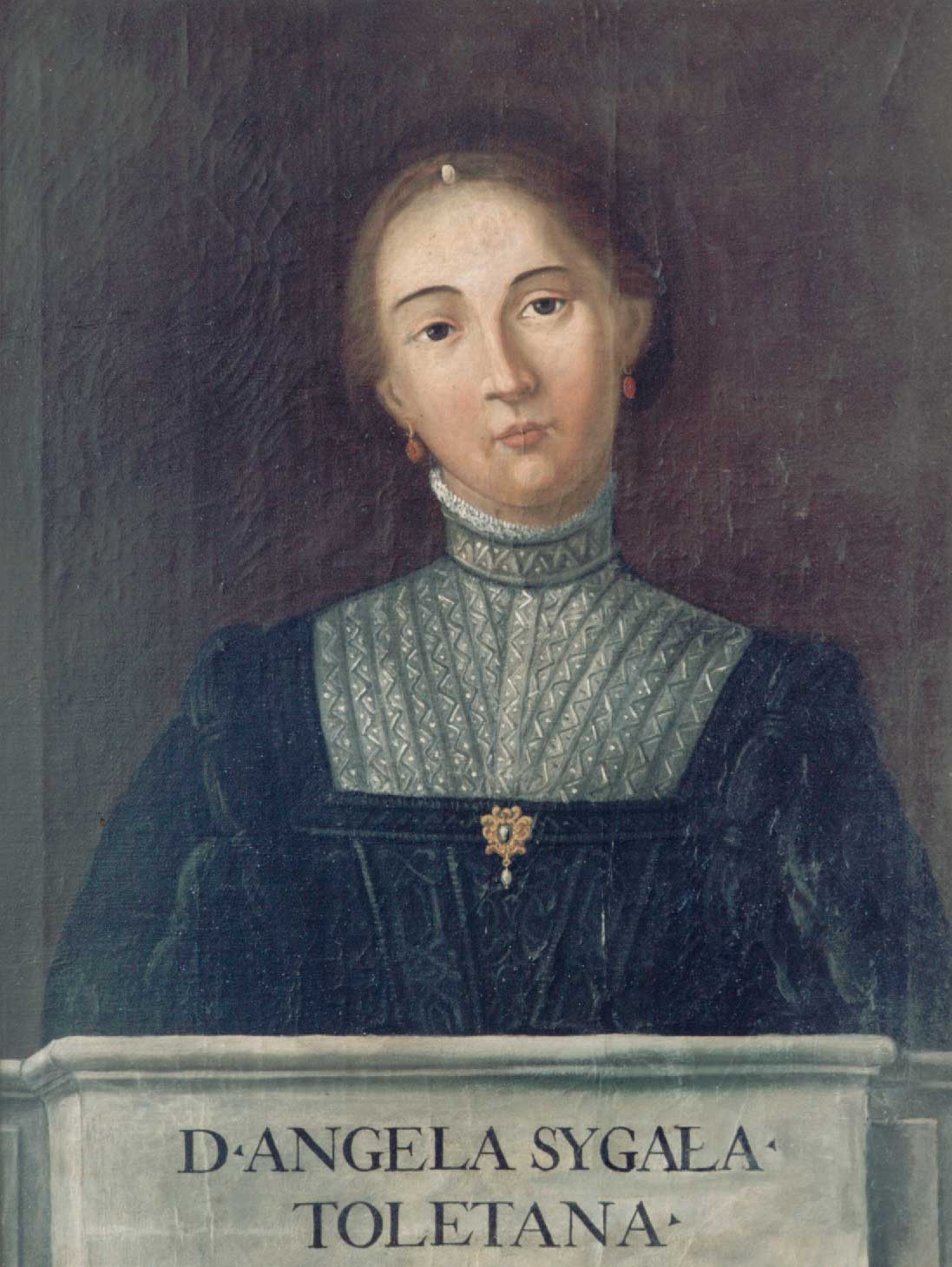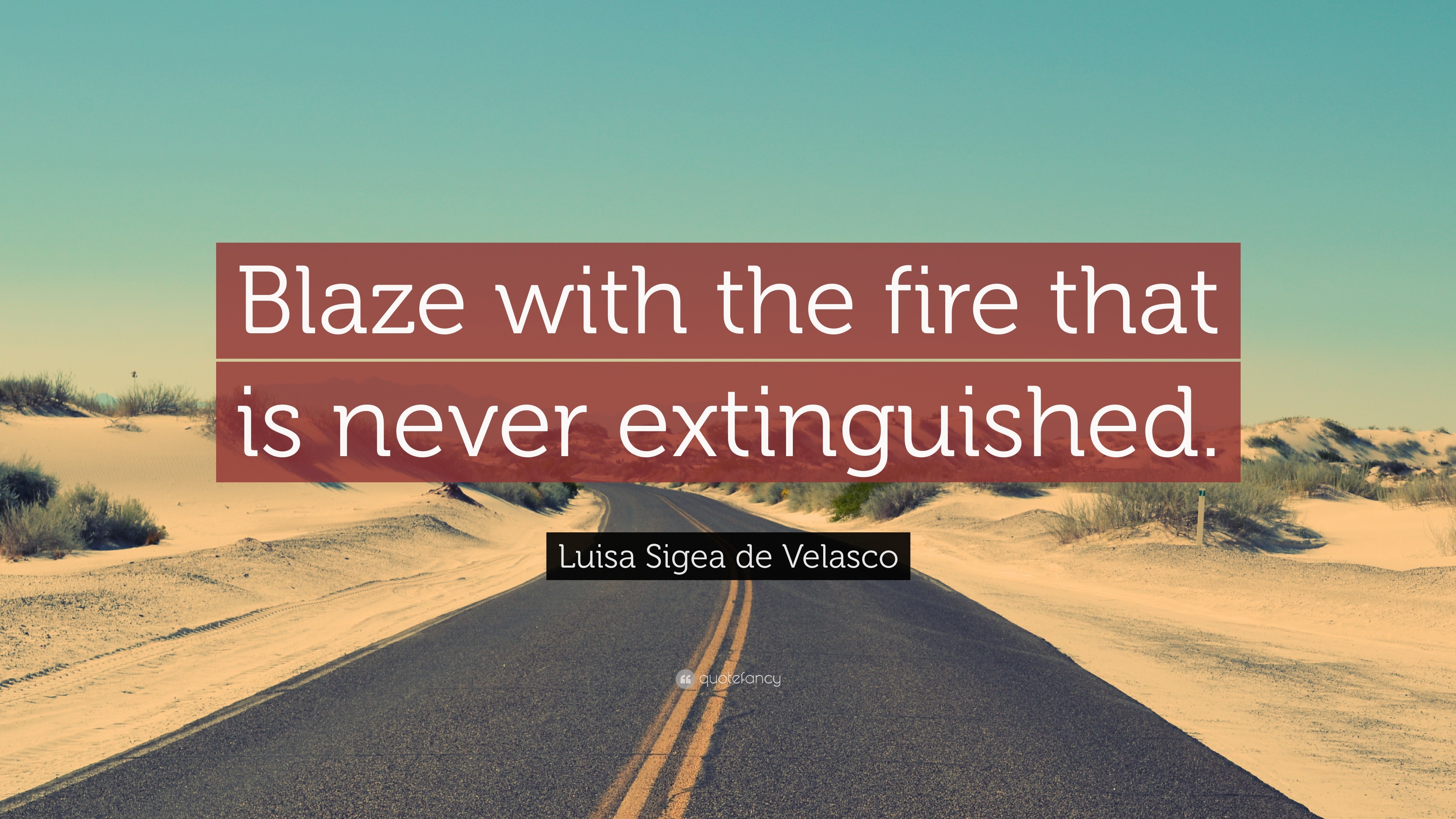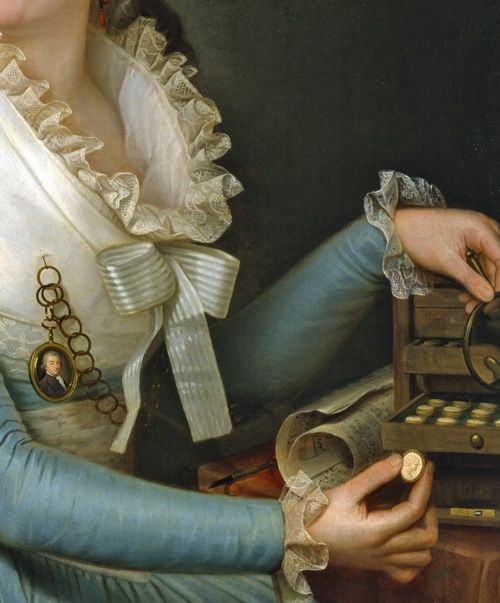
Luisa Sigea de Velasco lclcarmen1bac
In the novel La Sigea (1854) Carolina Coronado portrays a 16th-century humanist, Luisa Sigea de Velasco, revendicating her criticism of the situation of the creative woman.

Luisa Sigea de Velasco Catálogo de Sus Obras PDF Idiomas
Vida y obra de Luisa Sigea. Editorial Ledoria cumplió el pasado 2020 su veinticinco aniversario y es un hito que hay que reconocer y celebrar, en este exiguo campo de las editoriales afincadas en Castilla-La Mancha. Muy pocas de las actualmente vivas pueden decir lo mismo, Enhorabuena pues, a su creador, Jesús Muñoz Romero y a sus colaboradores.
Luisa Sigea de Velasco. Estudios y textos. LUISA SIGEA DE TARANCÓN Y LA INFANTA DOÑA MARÍA DE
Muñoz Romero, Jesús. Vida y obra de Luisa Sigea Toledana. Toledo: Ledoria, 2020. Humanista, escritora y políglota, Luisa Sigea de Velasco nació en 1522, en Tarancón (Cuenca), población entonces perteneciente al Reino de Toledo, de ahí que fuera conocida con el apodo de Toledana.

Luisa Sigea de Velasco Quote “Blaze with the fire that is never extinguished.”
Luisa Sigea is a very unusual example of a female scholar for both Portugal and Spain. Educated by her father, Diego Sigeo, Luisa was particularly famous for knowing Latin, Greek, Hebrew, Chaldean, and Arabic as well as some modern languages. In 1542, she went with her sister to Queen Catarina's court.
J Ruiz en la red Mujeres olvidadas. Luisa Sigea de Velasco
Luisa Sigea de Velasco también conocida por Luísa Sigeia, Luísa Sigea Toledana o por la versión latinizada Aloysia Sygaea Toletana, (Tarancón, provincia de Cuenca, 1522 - Burgos, 13 de octubre de 1560), humanista y poetisa española del Renacimiento. Un fin, una esperanza, un como Un fin, una esperanza, un como. ó quando;

Luisa Sigea de Velasco. Estudios y textos. CÓMIC "LUIS SIEGA DE TARANCÓN UNA HUMANISTA ENTRE
English: Luisa Sigea de Velasco (1522 in Tarancón - October 13, 1560 in Burgos), also known as Luísa Sigeia, Luísa Sigea Toledana and in the Latinized form Aloysia Sygaea Toletana, was a poet and intellectual of the 16th century, one of the major figures of Spanish humanism, who spent a good part of her life in the Portuguese court in the service of Maria of Portugal (1521-1577), as her.
Heroínas Luisa Sigea de Velasco humanista, poetisa y políglota española
Luisa Sigea de Velasco (1522 in Tarancón - October 13, 1560 in Burgos ), also known as Luisa Sigeia, Luisa Sigea Toledana and in the Latinized form Aloysia Sygaea Toletana, was a poet and intellectual, one of the major figures of Spanish humanism, who spent a good part of her life in the Portuguese court in the service of Maria of Portugal (1521.

Luisa Sigea de Velasco. Estudios y textos. BIOGRAFÍA. 07. DIEGO SIGEO, DE MAESTRO DE Dª MARÍA
Luisa Sigea de Velasco, an apparently "feminist" philosopher Throughout her work Dialogue of Two Maidens on the Courtly Lifestyle and the Secluded Life-style (1552), the philosopher Luisa Sigea de Velasco (1522-1560) develops a series of apparently "feminist" reflections.

Luisa Sigea de Velasco (c. 1522 1560) lclcarmen1bac
Musa inspiradora do Colégio D. Luísa Sigea, notável humanista, poetisa, intelectual e pedagoga do século XVI, nasceu em Toledo em 1522, tendo vivido boa parte da sua vida na corte portuguesa ao serviço da infanta D. Maria de Portugal, filha do rei D. Manuel I e Maria de Áustria. Senhora de uma invulgar cultura, que a distinguia.

Luisa Sigea de Velasco. Estudios y textos. "LUISA SIGEA TOLEDANA", por FERNANDO ALLUÉ Y MORER
Luisa Sigea de Velasco también conocida por Luísa Sigeia, Luísa Sigea Toledana o por la versión latinizada Aloysia Sygaea Toletana, (Tarancón, provincia de Cuenca, c. 1522 - Burgos, 13 de octubre de 1560), fue una humanista, poetisa y políglota española del Renacimiento.

Luisa Sigea de Velasco. Estudios y textos. LUISA SIGEA DE TARANCÓN Y LA INFANTA DOÑA MARÍA DE
Alias Cuevas, Luisa Sigea de; Alias Velasco, Luisa Sigea de; Alias De Velasco, Luisa Sigea; Displaying results 1-1. Aloisiæ Sigeæ Toletanæ Satyra Sotadica de arcanis Amoris et Veneris (French) (Latin) Nicolas Chorier, Luisa Sigea, and Johannes van Meurs 114 downloads; Displaying results 1-1

Poemas de Luisa Sigea Poetas españolas
Luisa Sigea Sigea, Luisa. Toledana. Tarancón (Cuenca) c. 1522 - Burgos, 13.X.1560. Políglota, dama latina y escritora. Luisa Sigea nació en Tarancón (antiguo reino de Toledo, de ahí el sobrenombre) hacia 1522. Aunque la crítica tradicionalmente situaba su nacimiento hacia 1530, esto no es posible cuando se atiende a la biografía de su padre.

Luisa Sigea de Velasco Quote “Blaze with the fire that is never extinguished.” (12 wallpapers
Luisa Sigea de Velasco también conocida por Luísa Sigeia, Luísa Sigea Toledana o por la versión latinizada Aloysia Sygaea Toletana, ( Tarancón, provincia de Cuenca, c. 1522 - Burgos, 13 de octubre de 1560), fue una humanista, poetisa y políglota española del Renacimiento . Biografía

Luisa Sigea de Velasco Quote “Blaze with the fire that is never extinguished.”
Luisa Sigea de Velasco (1522 in Tarancón - October 13, 1560 in Burgos ), also known as Luisa Sigeia, Luisa Sigea Toledana and in the Latinized form Aloysia Sygaea Toletana, was a poet and intellectual, one of the major figures of Spanish humanism, who spent a good part of her life in the Portuguese court in the service of Maria of Portugal (1521.

Luisa Sigea de Velasco Quote “Blaze with the fire that is never extinguished.”
be in the public domain in these countries, which moreover do. faithful reproductions of two-dimensional public domain works of art are public domain ". This photographic reproduction is therefore also considered to be in the public domain in the United States.see Reuse of PD-Art photographs for details.

Luisa Sigea de Velasco (c. 1522 1560) lclcarmen1bac
Luisa Sigea de Velasco was born in 1522 in Tarancón, the fourth child of the Spanish noblewoman, Francisca Velasco, and Diogo Sigeo, a Frenchman. She had a sister, Ângela, and two brothers, Diogo and António. Her father had moved to Spain as a boy and was educated at University of Alcalá, where he learnt Latin, Ancient Greek and Hebrew.